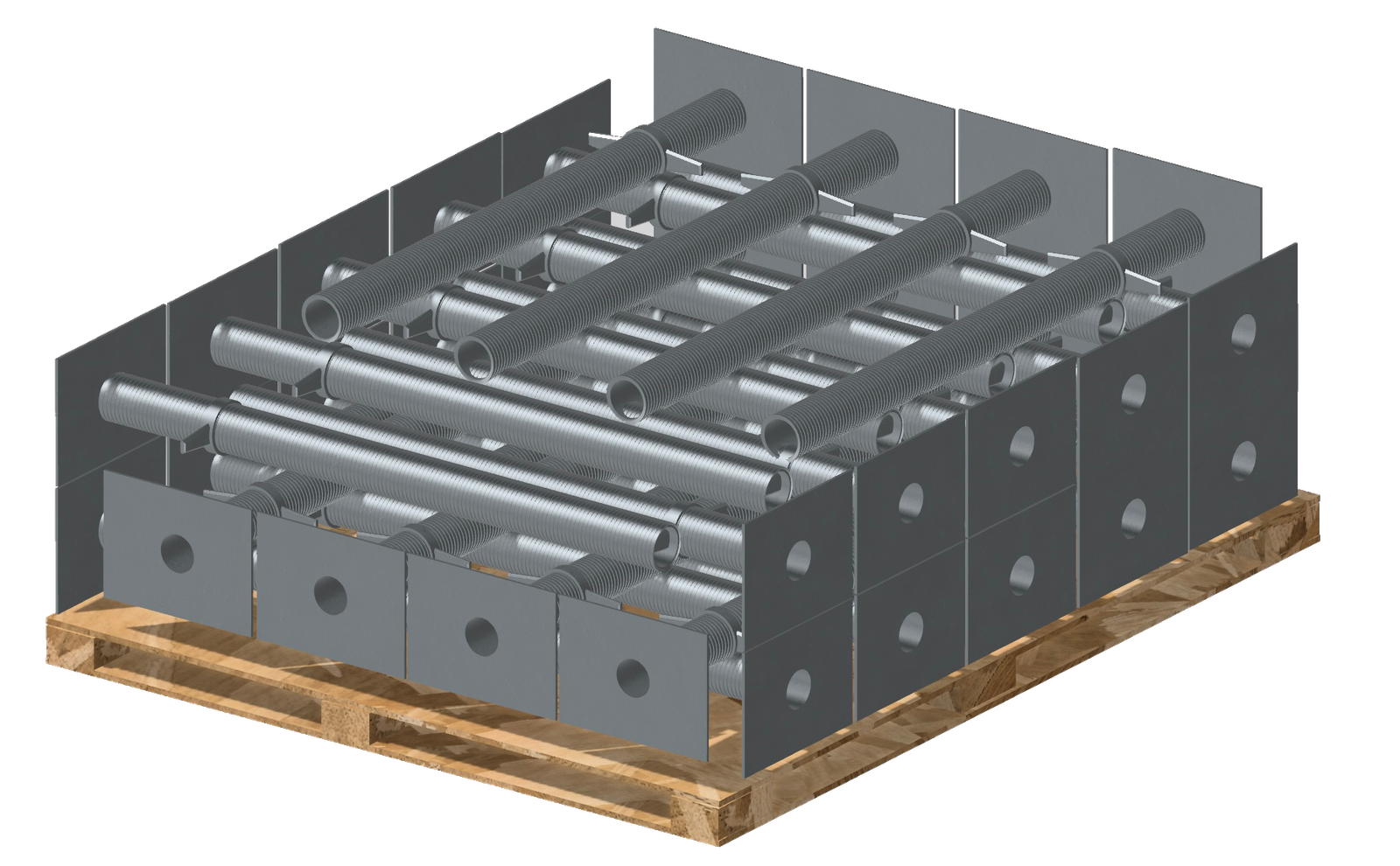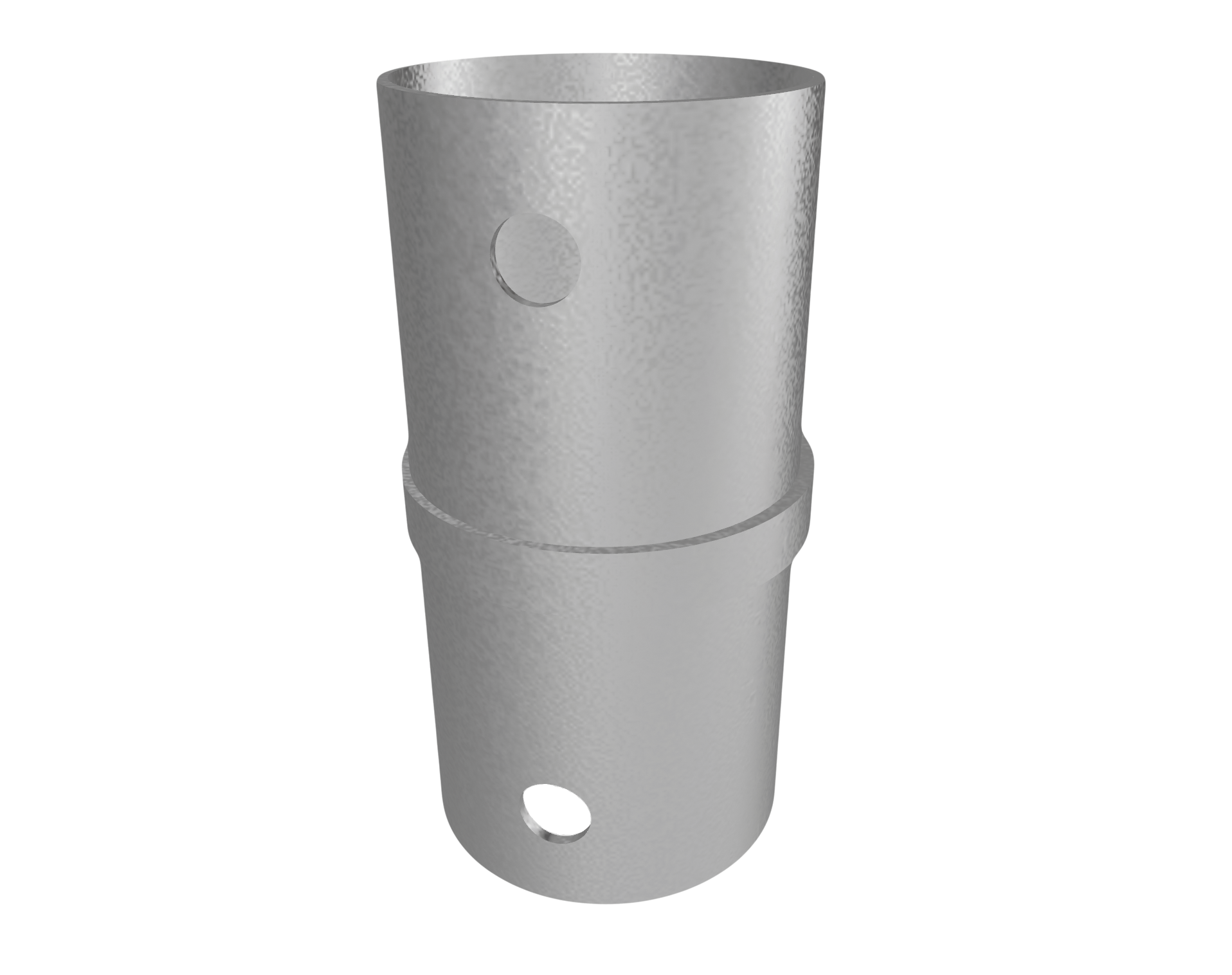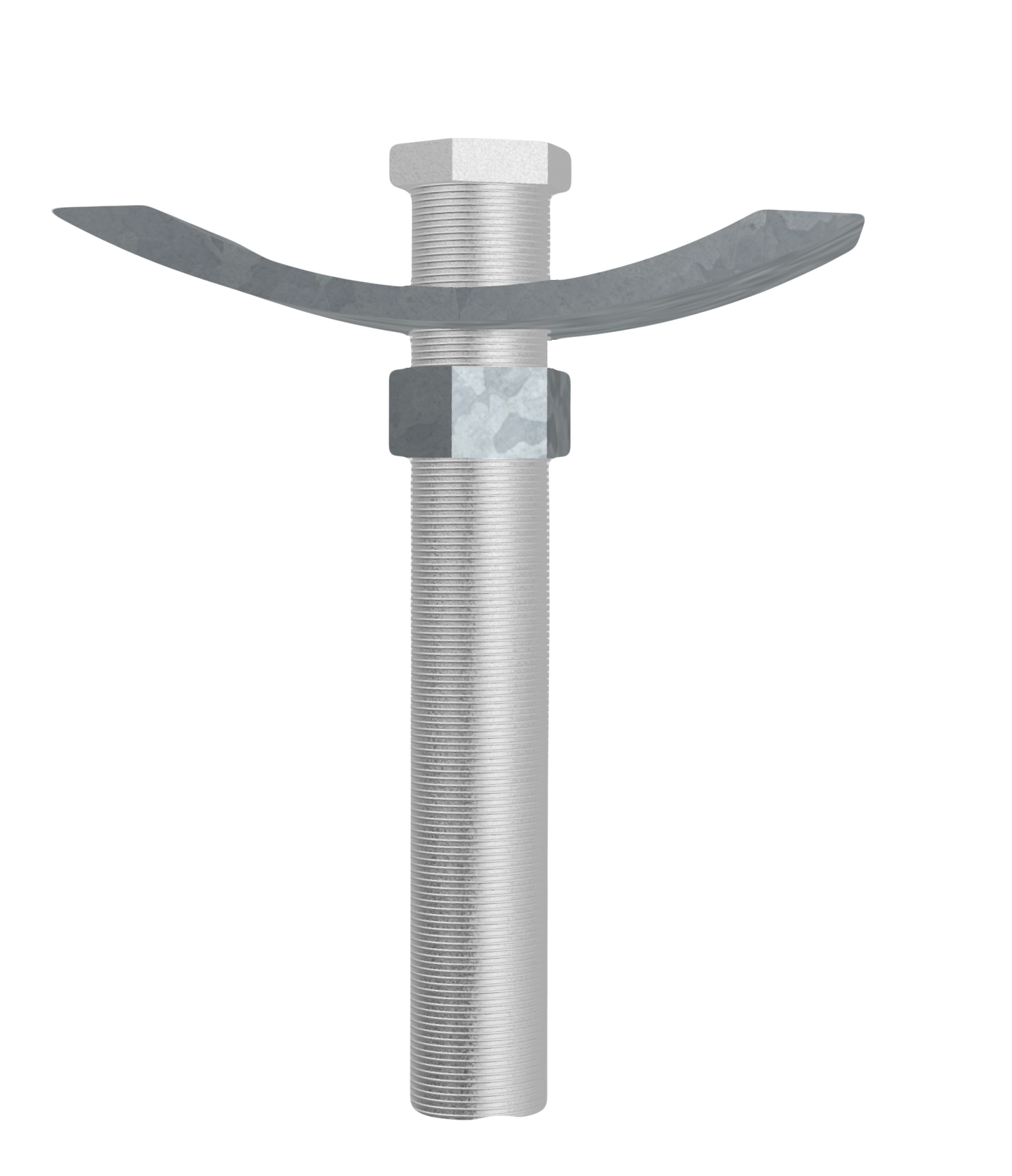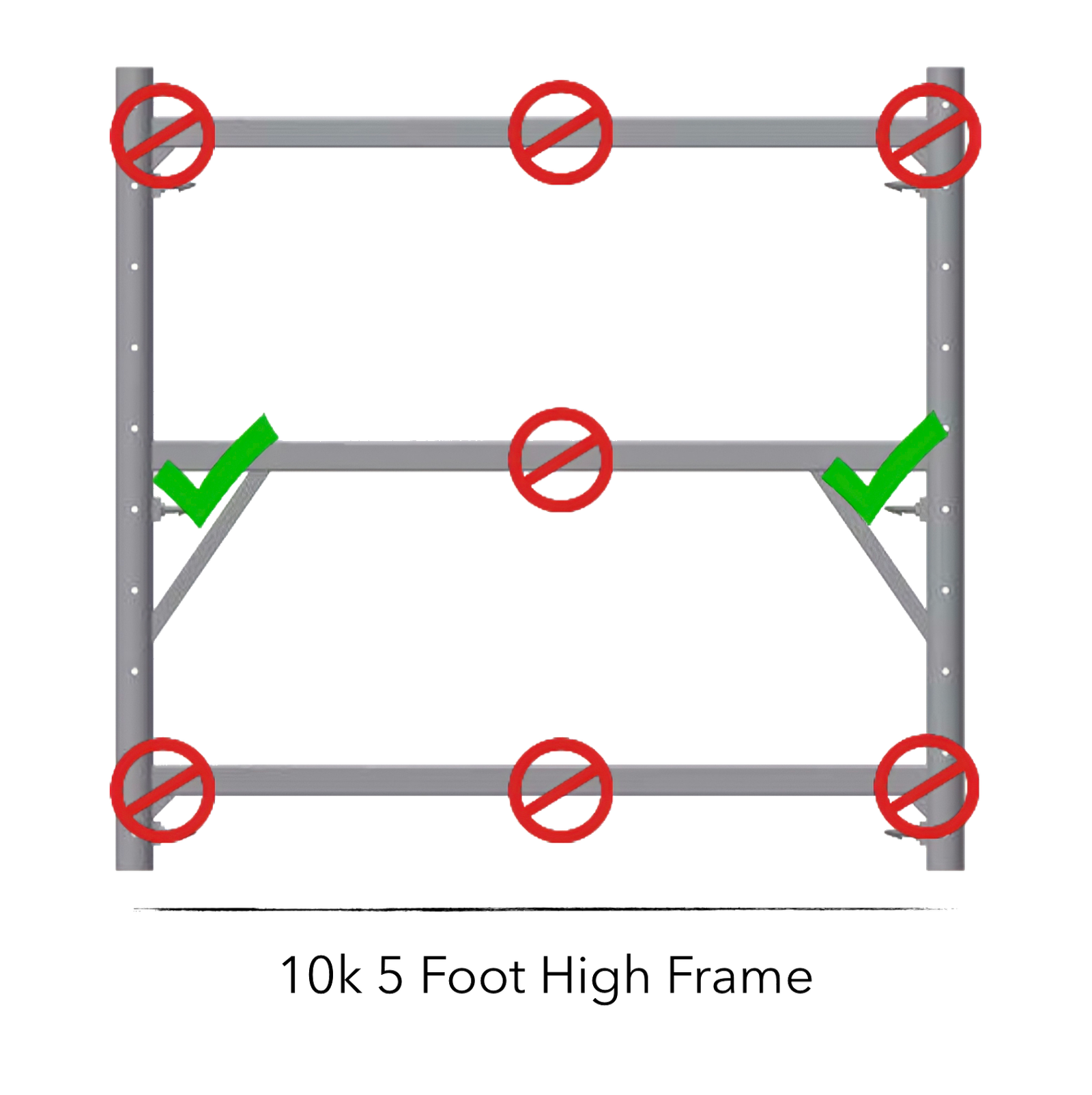Information
Our team of experts is always available to answer any questions about rental scaffolding Information you may have and provide additional information as needed. We believe in building relationships with our customers and providing personalized service that meets their unique needs.
Scroll Down
What is Slab Scaffolding ?
Slab scaffolding, often referred to as formwork scaffolding or falsework, plays an indispensable role in the construction industry as a temporary support structure. This vital component comes into play when the task at hand involves the pouring or repair of concrete slabs or beams. Its composition is a complex interplay of vertical and horizontal elements, including steel or wooden beams, props, and bracing. Collectively, these components come together to form a robust framework, capable of bearing the substantial weight of wet concrete until it attains the requisite strength to function independently.
Support for Concrete: Slab scaffolding provides a stable framework to support the weight of wet concrete as it is poured and during the curing process. This ensures that the concrete sets properly and maintains the desired shape and strength.
Adjustability: Slab scaffolding is designed to be adjustable to accommodate different heights and layouts. It can be tailored to the specific requirements of the project, making it versatile for various slab configurations.
Safety: Safety is a paramount consideration in construction. Slab scaffolding is engineered to ensure the safety of workers and the structural integrity of the construction site. Properly designed and installed slab scaffolding helps prevent accidents and structural failures.
Material: Slab scaffolding can be constructed using various materials, such as steel, aluminum, or wood, depending on the project’s requirements and budget.
Reusability: In many cases, slab scaffolding components are designed for reuse in multiple projects, which can be cost-effective in the long run.

Process of Slabbing
1
Site Preparation: This includes excavation and leveling of the area where the concrete slab will be placed. Proper site preparation is crucial to ensure the slab’s stability and longevity.
2
Formwork Installation: Formwork, which can be made of wood, steel, or other materials, is set up to define the shape and dimensions of the concrete slab. It acts as a mold for the concrete.
3
Reinforcement: Depending on the specific requirements, steel reinforcement bars (rebar) may be added to provide additional strength and prevent cracking.
4
Concrete Pouring: Fresh concrete is poured into the formwork. It is spread and leveled to create a smooth, even surface. The quality of the concrete mix and the pouring process are essential for the durability of the slab.
5
Finishing: After pouring, the surface of the concrete is typically finished to ensure it is flat and smooth. This may involve using tools like trowels to create a suitable finish.
6
Curing: The concrete needs time to cure and gain strength. Curing involves keeping the concrete moist and at the right temperature to ensure it doesn’t dry out too quickly, which can lead to cracking.
7
Removal of Formwork: Once the concrete has sufficiently cured and gained strength, the formwork is removed, and the slab is left to fully set.
How To Prepare Material For Return

Steel / Aluminum Frames
- 25 Pieces per bundle
- Do not mix different sizes
- Two straps needed
- Lay them down in the ground to stack

U/Head & Base Plates
- Pallets of 100 pieces
- Strap it down with a piece of playwood on the top
- Do Not mix head and feet together
- Shrink wrap
- Two Straps needed

Aluminum Beams
- Bundles of 30 pieces
- Two rows of 15 pieces
- Fit with-in one another, facing up/down
- Keep the same sizes together
- Two straps needed

Post Shores
- Bundles of 50 pieces
- 5 rows of 10 pieces
- Blue and Black need 2×4 between rows
- Insert each pin
- Two straps needed

4×6 Wood Joist
- 5 rows of 8 pieces
- Bundles of 40 pieces
- Keep the same size together
- Two straps needed

Coupling Pins
- Bag of 50 pieces
- Tied with steel wire pr zap strap
- If you require bags please let TTF know and we will supply

Beam Clips
- Bag of 100 pieces
- Tied with steel wire or zap strap
- If you require bag please let TTF know and we will supply

Cross Bars
- Bundle of 25 pieces
- Keep same sizes together
- Two straps needed
Safety Guidelines
All the erection crew must be equipped with harnesses and double lanyards.
Harnessed should be safety attached to horizontal members of the frame in the locations shown on diagram.
Note: It is very important to note that the hanging points should be between the knee brace and the frame leg – indicated in the attached sketch. It should never be from the middle of the frame.



